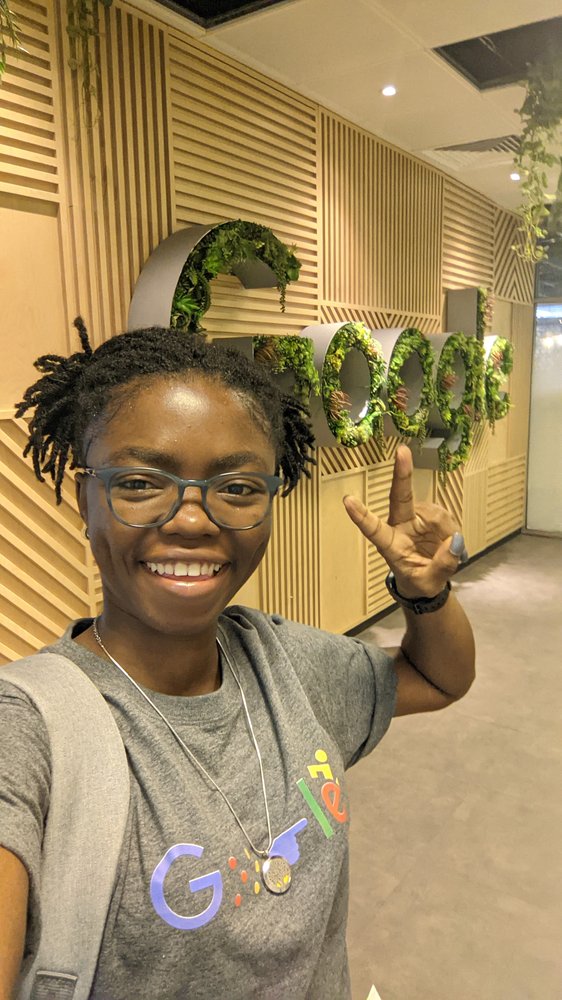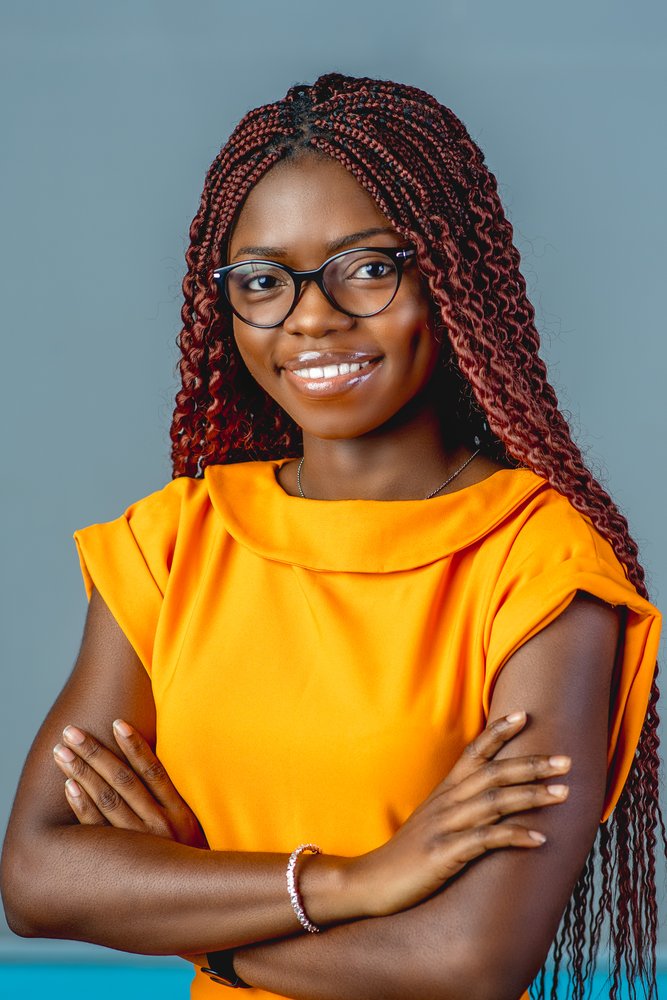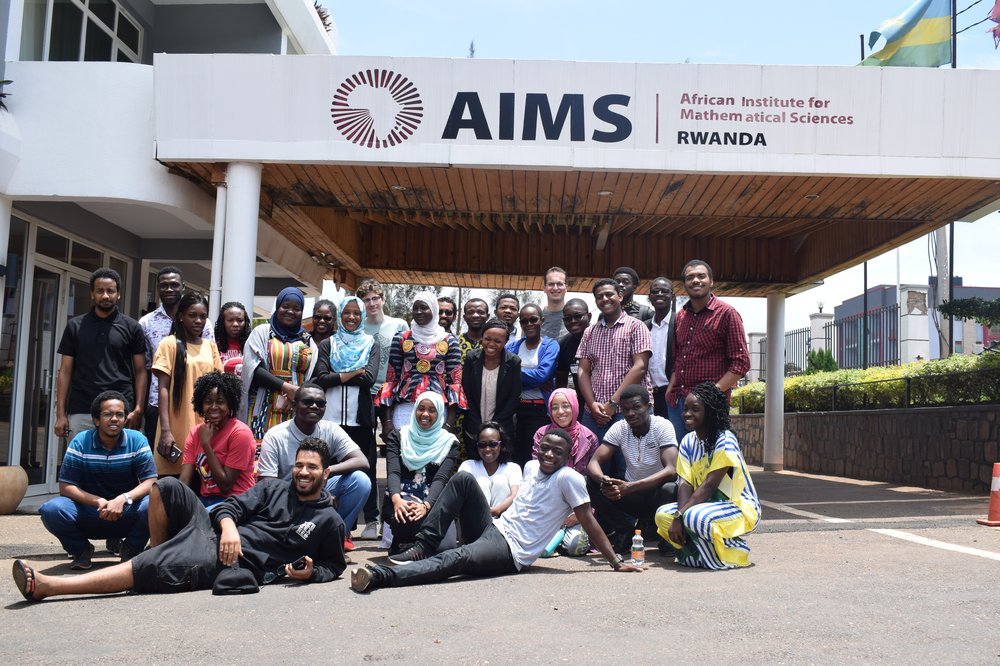Every morning, Hilda Moraa rises at 4 a.m for an early morning meditation and yoga routine, after which she’ll lose herself in a business podcast. “Discipline, structure and routine are very important to me as a founder,” she says.
She brings that same dedication to her work. Hilda is the founder of Pezesha, which is based in Kenya and an alumni of Google for Startups Accelerator Africa. Before the accelerator, Hilda was a part of the Google LaunchPad Programme, where she says Google’s resources and expertise enabled Pezesha to scale in new markets and ultimately experience 30% growth.
Before all of that, though, Pezesha was just an idea — one that Hilda was extremely motivated by. Poverty in Africa, and particularly in her home country of Kenya, is prevalent, and she wanted to be a part of changing it. “We launched Pezesha as a digital lending platform and we had this hugely ambitious idea of addressing unemployment and poverty in Africa.”
Pezesha’s lending infrastructure has three core services: Know Your Customer verification (KYC), credit scoring and embedded finance.
“By resolving the issue of small and medium enterprises securing working capital and gaining a credit score, I believe we can equip business owners with assets so they can compete and trade on a national scale.” Hilda hopes that empowering business owners will improve the economy as a whole. “There's much more of a ripple effect achieved so if you financially empower a business owner to meet their business goals, they can feed their family, employ people and ultimately support the wider community.”
Her ultimate goal is that Pezesha’s digital financial platform can address the $328 billion financing gap that exists for small and medium-sized businesses in Sub Saharan Africa — and that this, in turn, will create millions of job opportunities for African youths. At the moment, she’s still savoring the smaller wins. “My proudest moment to date would be helping more than 30,000 mid- and small business owners get a credit score and find affordable financing -- and these businesses have generated more than 10,000 jobs combined and our credit has propelled their business and prosperity to the next level”
“I am so inspired by my customers. They are the real-life heroes bringing their amazing visions to life — it’s so fulfilling to see the impact Pezesha has had on them.”
Hilda isn’t only excited to see her own company succeed; she sees her founder story as part of a new era for African businesses. “It’s truly a joy to see African entrepreneurs building successful businesses changing the narrative of Africa,” Hilda says. “ I am confident that we will continue to see a wave of unicorns emerge from Africa’s vibrant tech scene as we have continued to see Africa rise in the midst of the pandemic with more investments and success stories that show our future is here.”



